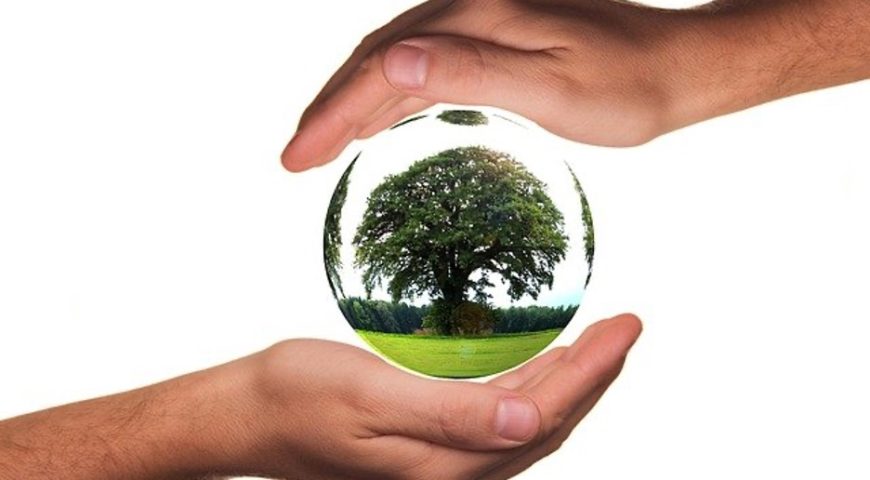
Trees for Life
Trees, what are they there for? Some trees grow tall and strong. Some are condominiums or homes for the birds, bees, bugs, and numerous other wildlife. Trees produce life giving food and nutrients for the wildlife and surrounding environment.
Trees can offer habitat and food to as many as 500 distinct species of wildlife. After life they can provide cover for bats, beetles, ants, owls and woodpeckers.
Each tree is different in their own way. Some give nuts, berries, and fruit. Others throw cottonwood, helicopters, and leaf husk. Some of the most important thing’s trees share are canopies, shade and physical filters.
The canopy is the area in which the branches and leaves take up as the tree grows. That area changes with time and weather. Mother nature is a big part in this process.
The tree provides shade year around leaves on or off. With leaves on the shade covers more area. In the fall time the bare branches of the tree still provide some shade from the unforgiving sun.
One of the most important things a tree provides to humans is a physical filter. Canopies of trees trap dust and take pollutants from our air. Removing up to 1.7 kilos every year.
Trees reduce winds, reflect heat, cool the air and absorb carbon as they grow, slowing the rate of global warming. Trees help to prevent soil erosion and flooding by filtering liters of water runoff.
Soon, for the first time, people in cities will outnumber those in the countryside. Trees will become an even more vital component of urban life. At the time of full bloom, the beauty of a tree can be breathtaking.
Respect them and protect them for our future. Stop, take a moment to enjoy the life of a tree.
Trees give to us even after their living cycle of life is gone. Wood to build houses, furniture, hay wagons, firewood for cooking and heat, and paper for learning to sign your name or a letter to a great pen pal.
